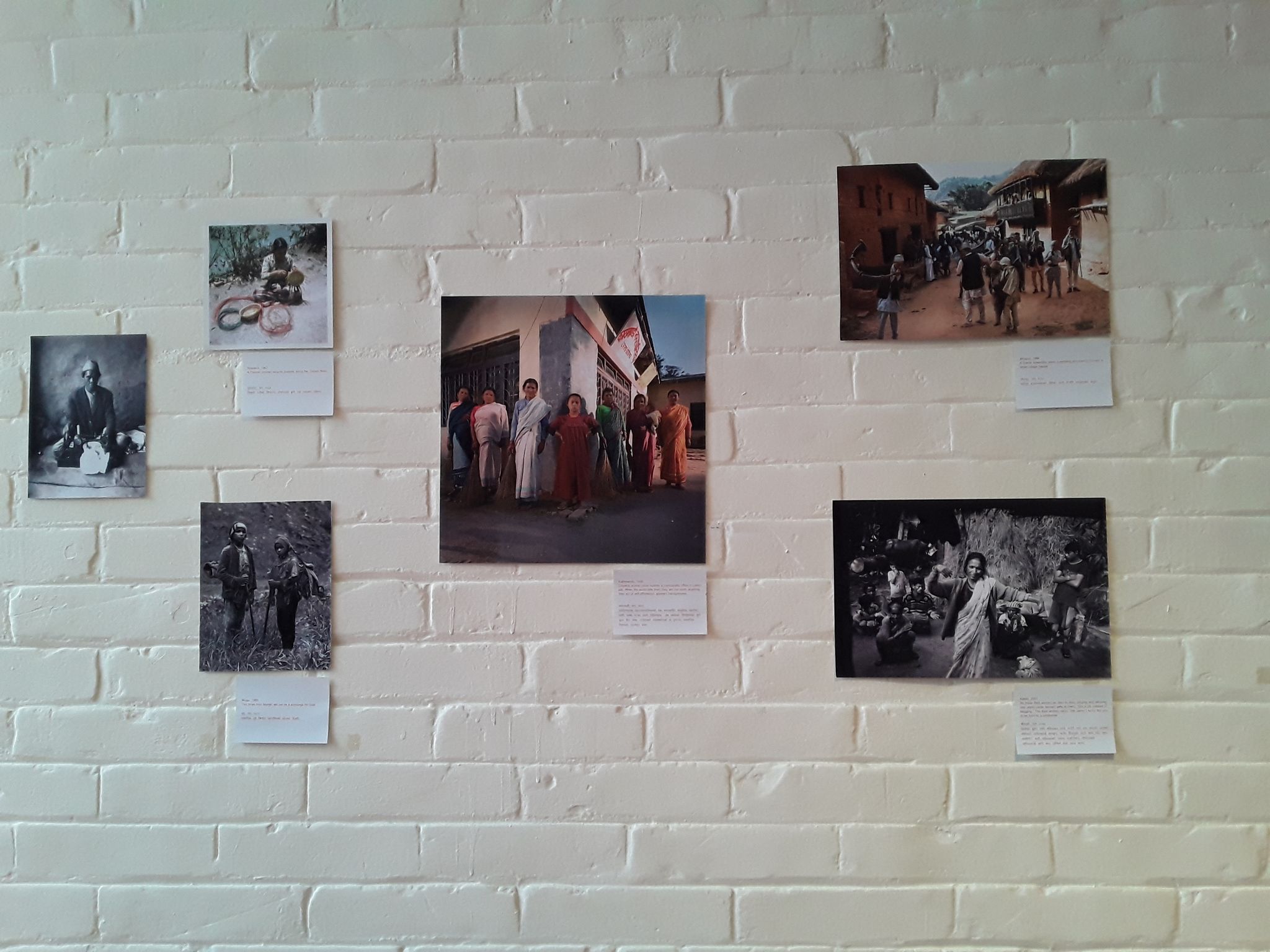Arts
1657605762.jpg)
On a rainy afternoon, the exhibition curator explained each photo that hung on the wall. As more photos passed, so did stories - gripping, powerful and often heart-breaking.
The exhibition offered glimpses of otherwise unheard and silent narrative of what it means to be from a 'Dalit' community in Nepali society, and how unjust the ways and actions are toward a 'Dalit' person in our country.
The 'Dalits' are considered to rank lowest in the so-called caste hierarchy followed by upper caste Hindus. They are discriminated against as so-called untouchables -- and quite illegally so. The people belonging to this community have remained oppressed and belittled for centuries. Despite legal reforms, reports of discriminations are common.
At the exhibit, each picture told a bit of history and a powerful story in its own right. Each picture retold the discrimination the persons in question faced. The photos showed struggles the community members took part in.
Even if the picture looked bright and sunny on the outside, it contained a dark story on the inside.
The photo exhibition was organised by the Writing Centre of Thames International College as part of 'Thames Assemblage 2022 on July 7, at the Taragaon Museum. It was dubbed 'Dalit: A Quest for Dignity' – words borrowed from a pictorial published by Nepal Picture Library in 2018.
The exhibition provided a visual story of the man-made Dalit identity and contained an affirming and delicate exploration of untouchability and purity.

The Dalit Movement
Somewhat towards the end of the gallery, a number of pictures were lined up showing the beginning of the Dalit movement against the system of caste hierarchy in Nepal.
The movement tried to counter attack the socio-cultural hegemony of the upper castes and started a fierce movement where a mass of Dalits advocated for justice and equality. Since its beginning in the 1940s, Nepal's Dalit movement has been a peaceful campaign against caste-based untouchability, discrimination, and marginalisation.
One specific series of photograph showed an activist climbing the gate of the Singha Durbar in protest against the system of so-called untouchability, end of prostitution, registration of birth, and citizenship certificate in the name of the mother.
The activist Uma Devi Badi climbed the closed gate semi-naked and chanted slogans against the government. Extending support to her, other women started taking half of heir clothes and joinede the protest.
The photographs in the exhibition were carefully selected and highlighted the experience of witnessing a certain kind of history of the caste regime in Nepal.
“It was the burden of simultaneously knowing and not knowing our own history that we wanted to convey through the exhibition. And it was our wager that such a reflection on history also mattered deeply to the Dalit movement,” says Diwas Raja KC, the author of the pictorial.
1657605356.jpg)
Dalit: A Quest for Dignity, a pictorial book published on January 1, 2019, analyses photos of Dalit lives and the challenges they experience, as well as the Dalit resistance movements of the last six decades from various regions of Nepal.






